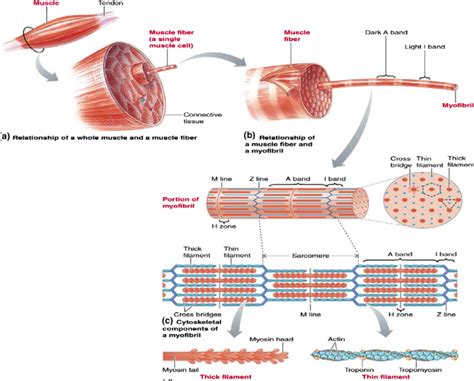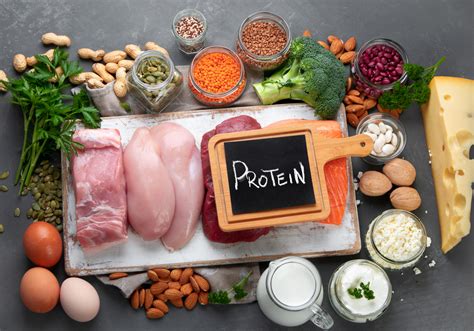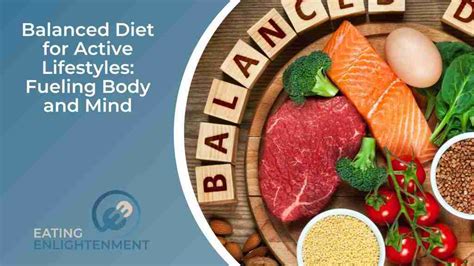What’s the optimal daily protein intake for peak muscle growth & recovery?

The Cornerstone of Muscle Development and Repair
Protein is undeniably one of the most critical macronutrients for anyone looking to build muscle, enhance strength, or simply recover effectively from physical exertion. Often hailed as the ‘building blocks’ of the body, protein provides the amino acids necessary for muscle protein synthesis (MPS), a process vital for repairing muscle tissue damaged during exercise and for creating new muscle fibers. However, navigating the myriad of recommendations can be daunting. What truly is the optimal daily protein intake to achieve peak muscle growth and efficient recovery?

Understanding the Role of Protein in Your Body
Beyond its structural role in muscles, protein contributes to enzyme production, hormone regulation, and immune function. For those engaging in resistance training, a sufficient protein intake becomes paramount. Intense workouts create micro-tears in muscle fibers. Amino acids, derived from digested protein, are then shuttled to these sites to repair and rebuild the muscle, ideally making it stronger and larger than before. This adaptive response is the essence of muscle hypertrophy.
Without adequate protein, the body may struggle to repair muscle damage, leading to prolonged soreness, impaired recovery, and a plateau or even regression in strength and muscle mass gains. It’s not just about consuming protein; it’s about consuming enough protein consistently to support these ongoing anabolic processes.
General Guidelines for Optimal Protein Intake
Current scientific consensus, backed by numerous studies, suggests that for individuals regularly engaging in resistance training, a protein intake significantly higher than the standard Recommended Dietary Allowance (RDA) of 0.8g per kilogram (g/kg) of body weight is beneficial. Most research points towards an optimal range of 1.6 to 2.2 grams of protein per kilogram of body weight per day (g/kg/day) for maximizing muscle growth and recovery.
- For a 70kg (154 lb) individual, this translates to approximately 112-154 grams of protein daily.
- Some studies even suggest that intakes up to 2.5-3.0 g/kg/day might offer additional benefits, particularly during periods of caloric deficit (e.g., cutting phases) to preserve lean muscle mass.

Factors Influencing Your Protein Needs
While the 1.6-2.2 g/kg/day range is a solid starting point, individual needs can vary based on several factors:
- Training Intensity and Volume: The harder and more frequently you train, the greater your muscles’ need for repair and recovery, thus potentially requiring higher protein intake.
- Body Composition Goals:
- Building Muscle (Bulking): In a caloric surplus, the lower end of the optimal range might suffice, as carbohydrates and fats spare protein.
- Fat Loss (Cutting): During a caloric deficit, protein intake should lean towards the higher end (2.0-2.5 g/kg/day or even higher) to help preserve lean muscle mass and promote satiety.
- Age: Older adults may require slightly higher protein intakes (e.g., 1.0-1.2 g/kg/day for general health, potentially higher for muscle retention with resistance training) due to anabolic resistance, a phenomenon where muscles become less responsive to protein over time.
- Body Weight vs. Lean Body Mass: For very overweight individuals, it may be more appropriate to calculate protein needs based on lean body mass rather than total body weight to avoid excessively high and unnecessary protein consumption.

Timing and Distribution: Maximizing Protein’s Anabolic Window
While the total daily protein intake is the most critical factor, how you distribute that intake throughout the day can also play a role in optimizing MPS. Research suggests that spreading protein consumption evenly across 3-5 meals, with each meal containing 20-40 grams of protein, is more effective for stimulating MPS than consuming large amounts in just one or two sittings. Consuming protein around your workouts (before and/or after) is also beneficial, though the emphasis should still be on total daily intake.
Including a slow-digesting protein source, like casein, before bed can also provide a steady supply of amino acids to muscles overnight, further aiding recovery and growth.

Quality Matters: Choosing Your Protein Sources
Not all protein sources are created equal. High-quality or ‘complete’ proteins contain all nine essential amino acids that the body cannot produce on its own. Excellent sources include:
- Animal Sources: Lean meats (chicken, beef, pork), fish, eggs, dairy products (milk, yogurt, cottage cheese).
- Plant Sources: Soy (tofu, tempeh), quinoa, complete plant-based protein powders (often a blend of pea, rice, and hemp protein).
For individuals relying primarily on plant-based diets, combining different incomplete protein sources throughout the day (e.g., rice and beans) can ensure a complete amino acid profile. Protein supplements, like whey or casein, can be convenient and effective tools to help meet daily protein targets, especially post-workout or when whole food options are limited.

Conclusion: Tailoring Your Intake for Peak Results
The optimal daily protein intake for peak muscle growth and recovery typically falls within the range of 1.6 to 2.2 g/kg of body weight per day, with individual needs influenced by training intensity, specific body composition goals, and age. Prioritizing consistent intake, distributing protein strategically throughout the day, and choosing high-quality sources will provide your body with the necessary building blocks to maximize muscle protein synthesis, accelerate recovery, and ultimately, achieve your fitness aspirations. Experiment within these guidelines to find what works best for your body and your goals, always considering your overall dietary pattern and lifestyle.






